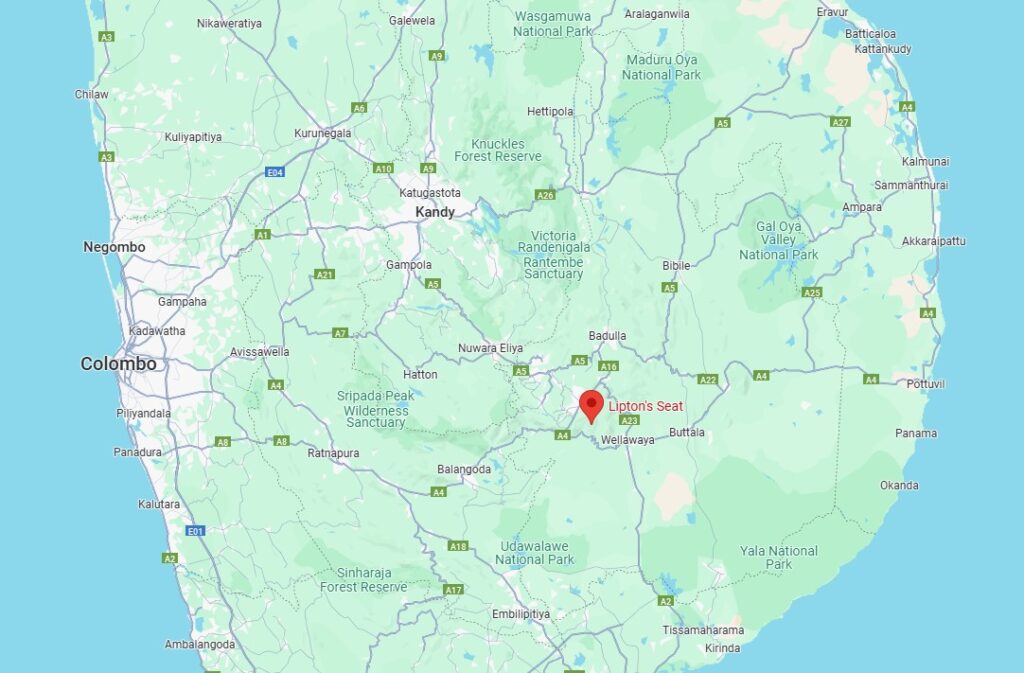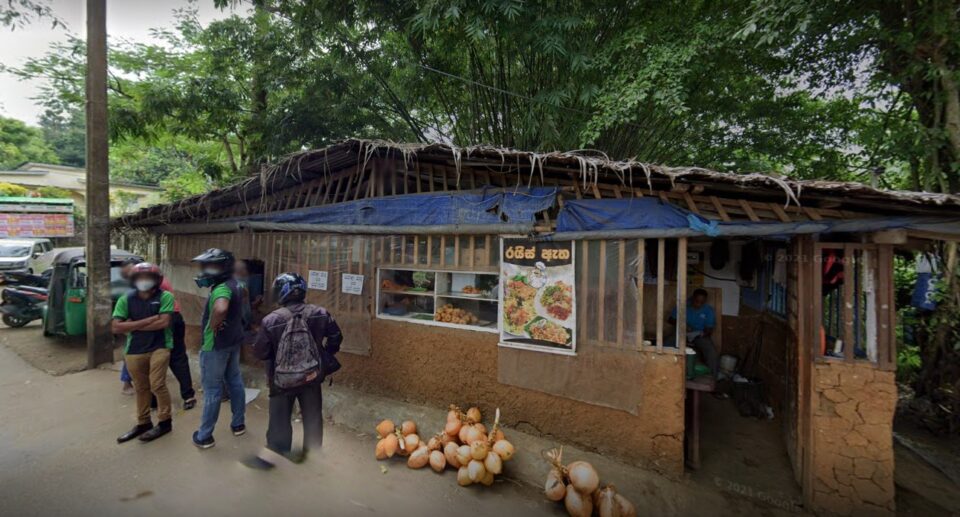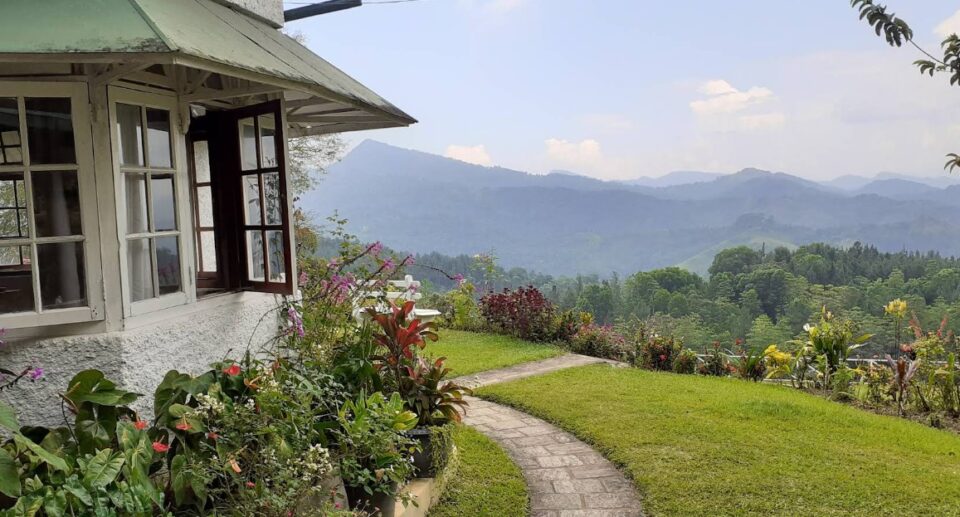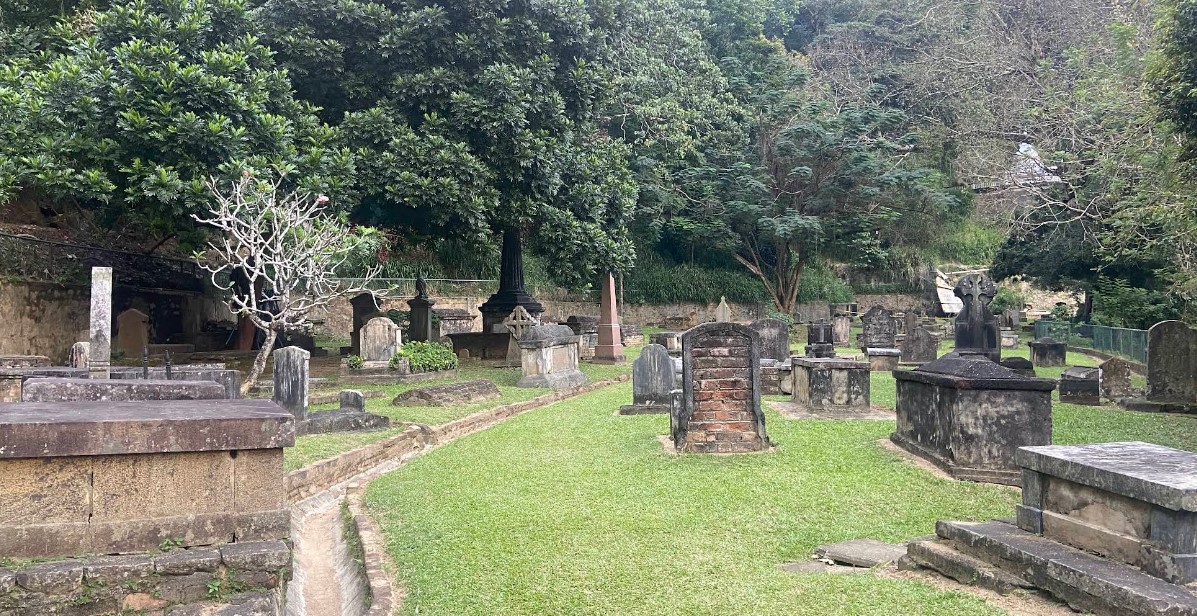Lipton’s Seat: A Majestic Viewpoint in Sri Lanka
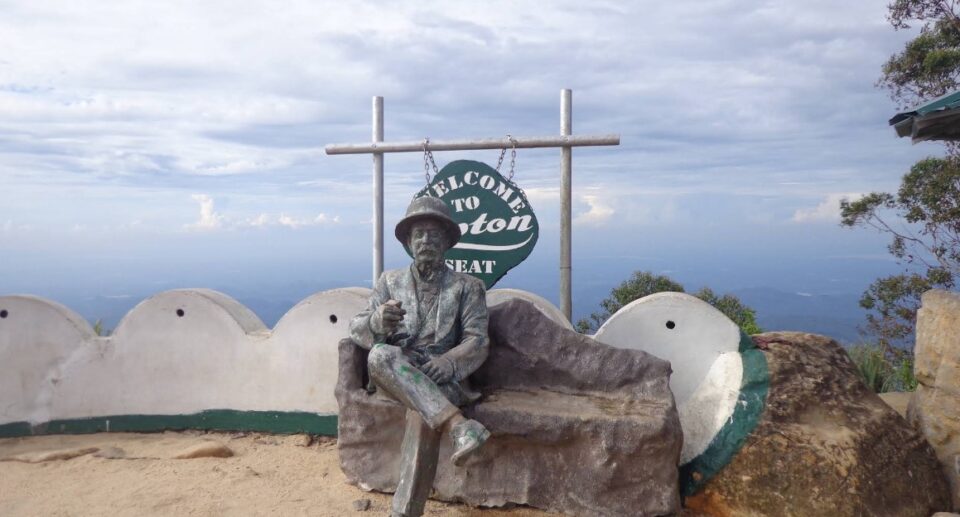
A Timeless Tribute to Sri Lanka’s Tea Legacy
Far up in Sri Lanka’s central hills, surrounded by emerald-green tea plantations like green carpets, stands Lipton’s Seat Sri Lanka’s most celebrated and picturesque destination. Located at an elevation of around 1,970 meters above sea level in Haputale, it is not just a sight to behold but also a historical, cultural, and enduring testament to the heritage of tea in Sri Lanka. Named after Scottish tea magnate Sir Thomas Lipton, Lipton’s Seat offers visitors a panoramic view of the southern and central highlands of the island and a chance to walk through living history.

Historical Background
Lipton’s Seat is named and famous due to Sir Thomas Lipton, a British entrepreneur who played a key role in the global popularization of Ceylon tea. In the late 1800s, Lipton purchased several plantations in the central highlands of Ceylon (now Sri Lanka), including the mythical Dambatenne Tea Estate in Haputale. Pragmatic and down-to-earth by disposition, Lipton would regularly visit these plantations. It is said that he would sit here from this very spot now known as Lipton’s Seat and survey his immense tea empire.
From this view, Lipton could observe a series of tea estates along the course of several provinces. To him, it was not just a place of natural splendor, but an actual place from which to view the prosperity of his endeavor: selling great, cheap tea to the masses of the international market. At the location of the overlook, now an unmarked bench and monument honoring Sir Thomas Lipton, stands testament to his legacy.
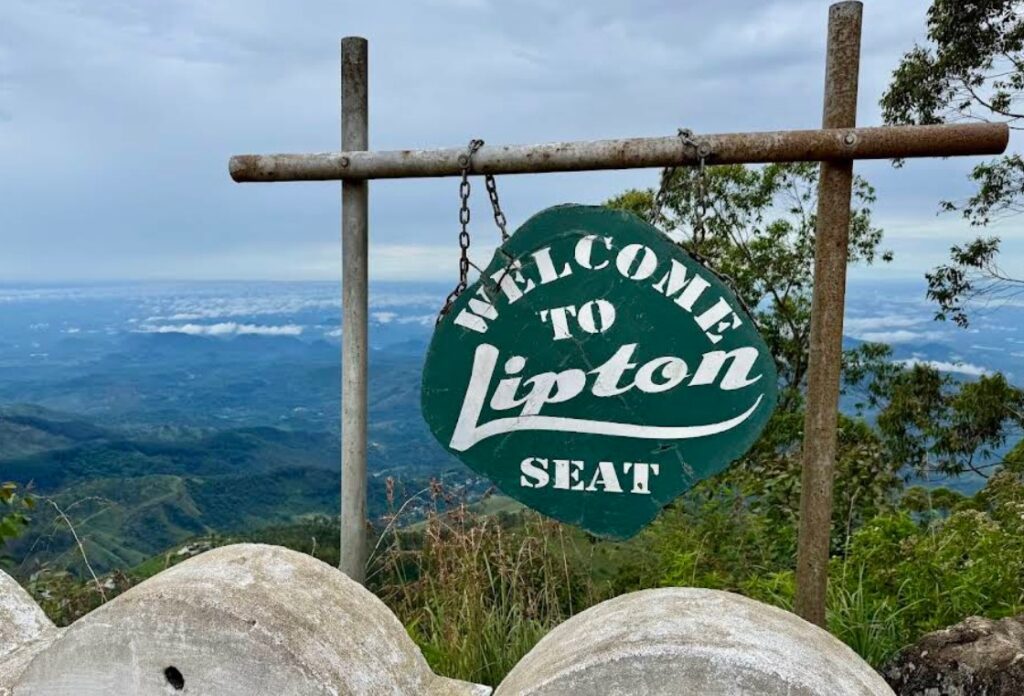
Geographic and Scenic Significance
Being about 7 kilometers up the hill from Dambatenne Tea Factory, Lipton’s Seat commands a wide panoramic view that, on clear weather days, runs across five different provinces Uva, Sabaragamuwa, Central, Southern, and Eastern. From a single location, tourists can see sightseeing spots such as Handapanagala Lake, Udawalawe Reservoir, and even the south coast on particularly clear days.
The landscape is a tapestry of neatly cut tea bushes, mist-shrouded mountain ridges, waterfalls, and serpentine paths. The dramatic interplay of light and shadow, especially at sunrise, creates the sight from Lipton’s Seat both dynamic and richly atmospheric. The landscape continues to shift with the weather sunlight, mist, rain, and wind all contributing to its mystical beauty.
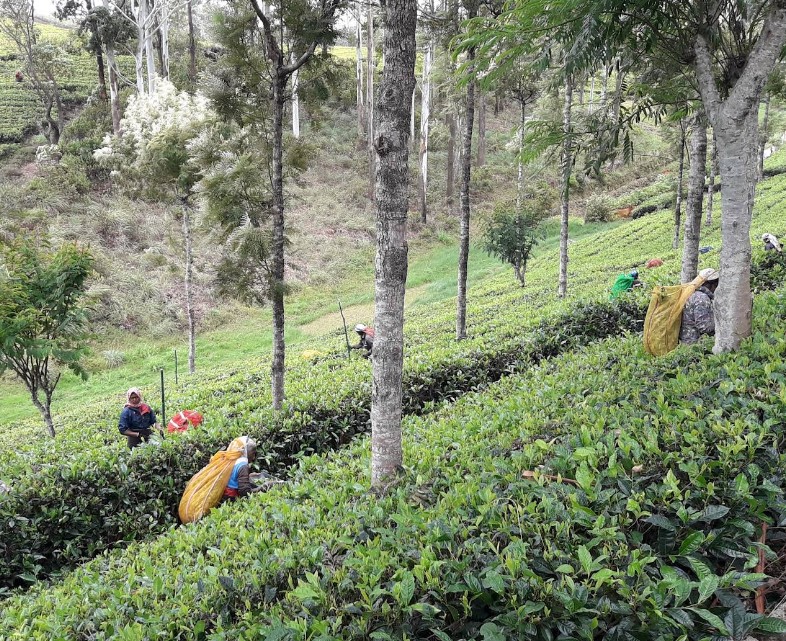
Accessing Lipton’s Seat
Reaching Lipton’s Seat itself is an adventure. The most frequent route of access is from the town of Haputale, which is road and rail linked. From Haputale, one may either:
Take the tea estates path on foot for about 7 kilometers (a moderate 2–3 hour hike), and pass tea pickers working, colonial bungalows, and great views.
Drive a car or tuk-tuk, which takes about 45 minutes along winding, narrow roads bordered by green tea bushes.
The trek, in particular, is favored by tourists who wish to see the serene beauty of Sri Lanka’s hill country in a less hurried way. It gives a more intimate look at the daily lives of tea estate workers, as well as the unique flora and fauna of the region.
Dambatenne Tea Factory
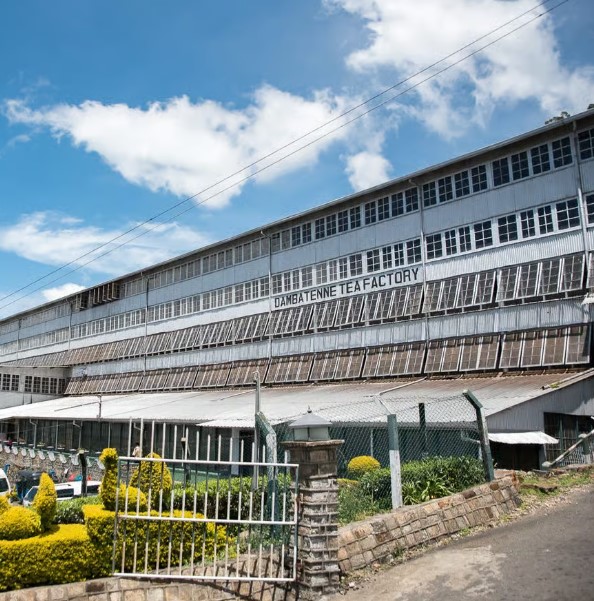
Lipton’s Seat is surrounded by the Dambatenne Tea Factory, which was originally established in 1890 by Lipton himself. The factory still functions and allows tourists to avail themselves of guided tours during which they can discover the art of making tea plucking to withering, rolling, fermenting, drying, and grading. It’s a kind of museum come alive, where so much of the machinery from the Lipton days remains operative and in action, and an appreciation of how every cup of Ceylon tea is made is really savored by everyone who comes.
For them, a visit to both the Dambattenne Factory and to Lipton’s Seat sums up the experience bridging Sri Lanka’s untouched nature with the rich heritage of Sri Lankan tea culture.
Cultural and Social Importance
Lipton’s Seat is more than a travel attraction; it is culturally significant to residents too. In the surrounding region are Tamil communities of tea estate laborers who descend from colonial-era British imported workers. They live much as they did decades ago picking tea leaves manually, residing in line rooms made available by the estate, and having their own distinct cultural and religious practices.
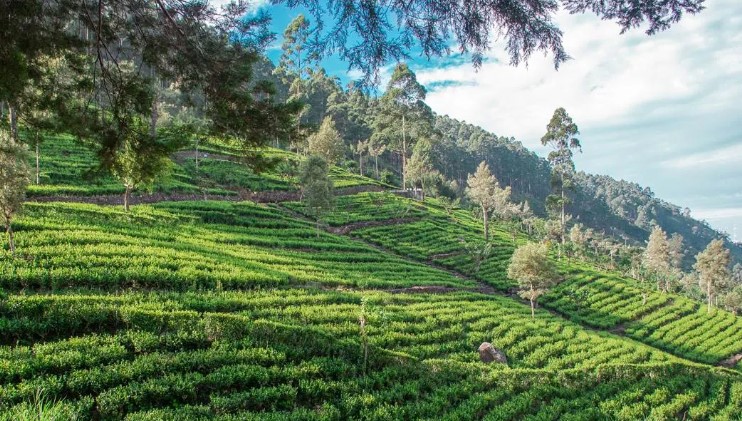
Visitors to Lipton’s Seat typically have the chance to encounter these workers, understand their way of livelihood, and observe the socio-economic structure that supports Sri Lanka’s tea industry. While these communities have long been marginalized, awareness and effort towards improving their living conditions and access to education and healthcare are on the rise.
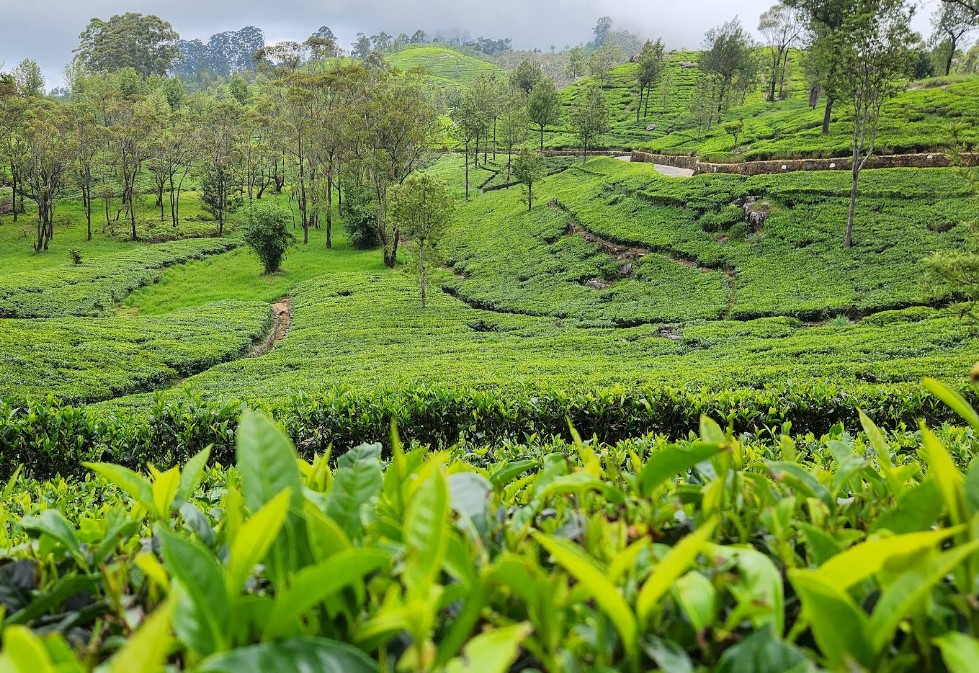
Best Time to Visit
The best time to go to Lipton’s Seat is early morning, ideally before 9:00 AM. The mist typically sets in after mid-morning, typically obscuring the view. December to April has the best skies, and May to October is monsoon season when the skies are typically thickly clouded and rain-lashed, though these months also throw a mysterious, moody light over the landscape.
It’s advisable to wear light but warm clothing, as mornings can be chilly. Good walking shoes, a raincoat, and a camera are must-haves. Tea and snacks are available at small shops near the viewpoint, but it’s best to carry essentials if you’re hiking.
Lipton’s Legacy Today
Sir Thomas Lipton’s vision of a global accessible, quality product placed Sri Lanka then Ceylon on the world map as a top tea-growing country. Ceylon tea continues to be one of Sri Lanka’s major exports and a national pride even now. Lipton’s Seat is proof of this legacy: a place where nature and economic history meet cultural identity.
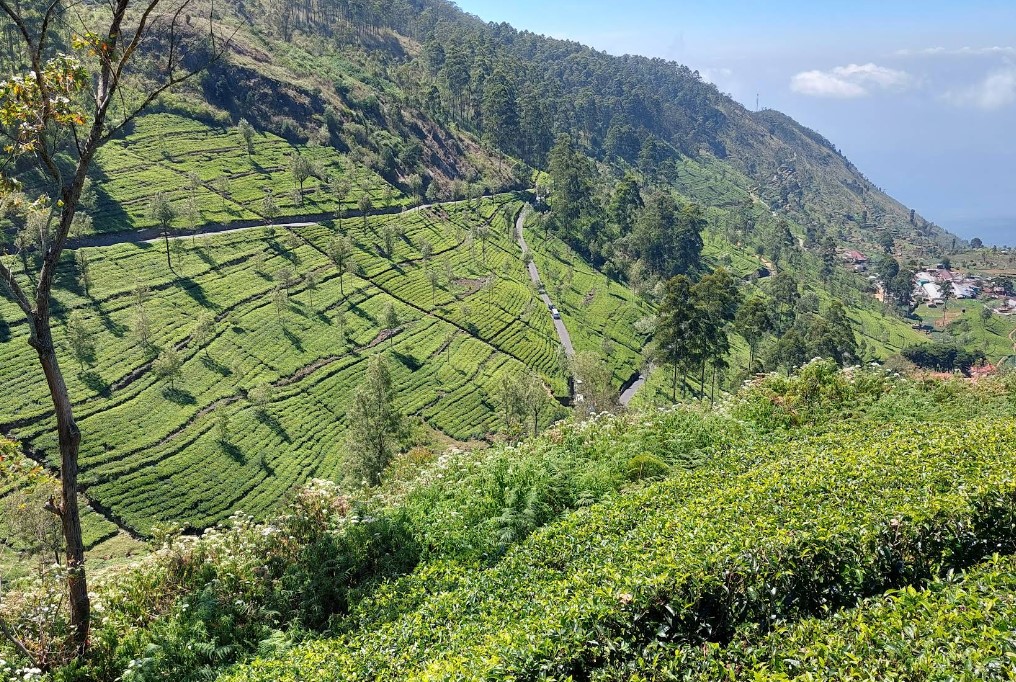
For most tourists, posing at Lipton’s Seat is a more than passing photograph opportunity.it’s an opportunity for reflection on how this isolated hilltop became the epicenter of a worldwide tea empire. It is also a poignant reminder of the enduring labor and landscape that support one of the world’s most ubiquitious beverages.
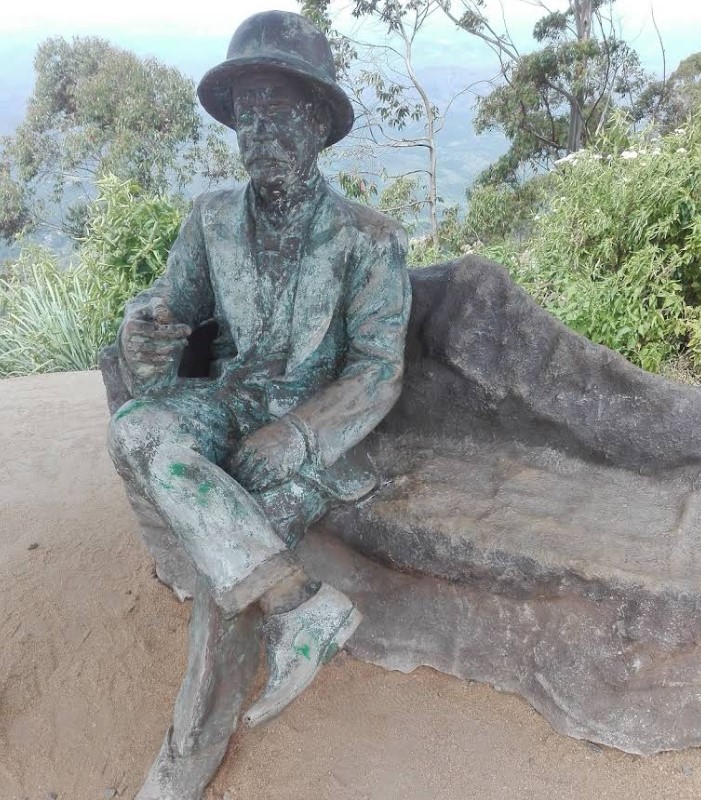
In the heart of Sri Lanka’s central highlands, Lipton’s Seat is a one-of-a-kind experience that is a convergence of history, nature, culture, and commerce. With its breathtaking scenery, historical landmarks, and experiential insight through the tea estates, it is a poetic dedication to the man who configured Sri Lanka’s identity as a tea nation. Whether one is an aficionado of nature, a history buff, or an inquiring tourist, a tour of Lipton’s Seat has the assurance of leaving one with memories as full-bodied and lingering as a cup of high-quality Ceylon tea.
How To Go
By Tuk-Tuk (Recommended for Comfort and Convenience)
- From Haputale Town: The most popular and convenient way to reach Lipton’s Seat is by tuk-tuk. The ride takes approximately 45 minutes and offers a comfortable journey through lush tea estates. The fare typically ranges between 1,000 to 1,500 LKR for a round trip, depending on your negotiation skills.
By Hiking (For the Adventurous)
- Distance: The hike to Lipton’s Seat from Haputale is approximately 7 kilometers one way.
- Duration: Expect the hike to take around 2 to 3 hours, depending on your pace and the number of stops you make along the way.
- Route: The trail meanders through picturesque tea plantations, offering opportunities to interact with local tea pickers and enjoy the serene landscape. Be cautious during the rainy season (May to September) as leeches may be present in the tea fields.
By Bus (Budget-Friendly Option)
- Route: From Haputale, you can take a local bus to Dambatenne. The bus ride takes about 1 hour and costs approximately 40 LKR.
- From Dambatenne: After reaching Dambatenne, you will need to walk approximately 1.5 kilometers uphill to reach Lipton’s Seat. The path is well-trodden and offers scenic views along the way.
By Car (For Those Driving)
- Route: If you’re driving, head towards Haputale from your location. From Haputale, take the Lipton Seat Road (B14), which leads directly to Lipton’s Seat. The road is winding and steep, so drive carefully. There is a small parking area near the viewpoint where you can leave your vehicle.
Tips for the Journey
- Footwear: Wear comfortable and sturdy shoes, especially if you plan to hike.
- Clothing: Bring a light jacket, as temperatures can be cooler at higher elevations.
- Snacks and Water: Carry some snacks and water, as facilities at the top are limited.
- Camera: Don’t forget your camera to capture the stunning views.
Map of Lipton’s Seat
